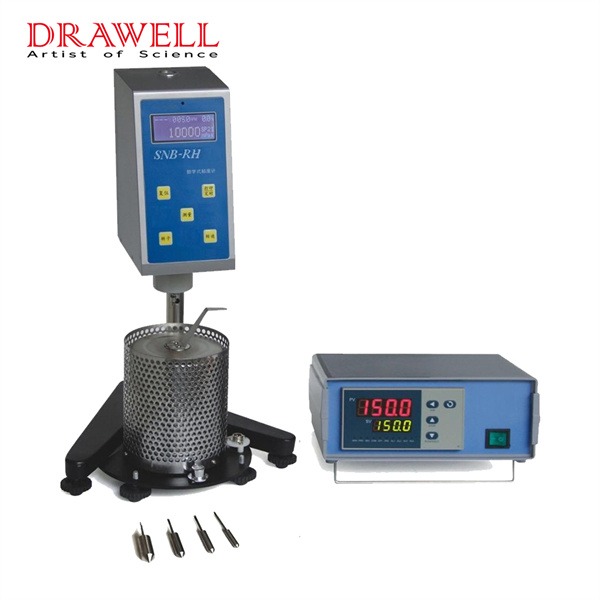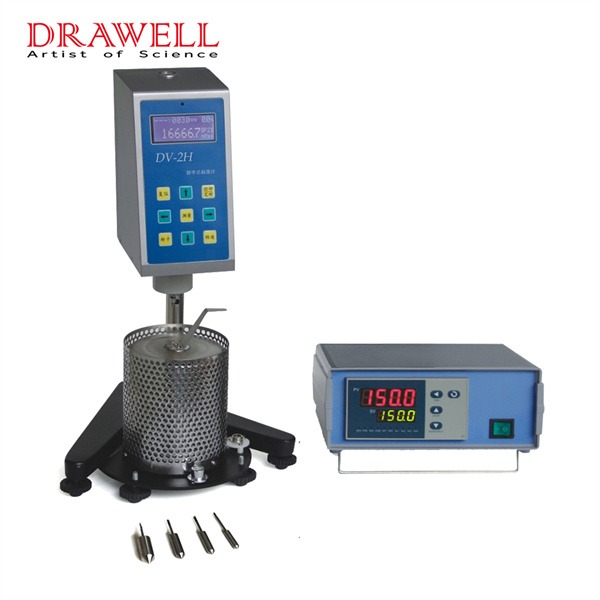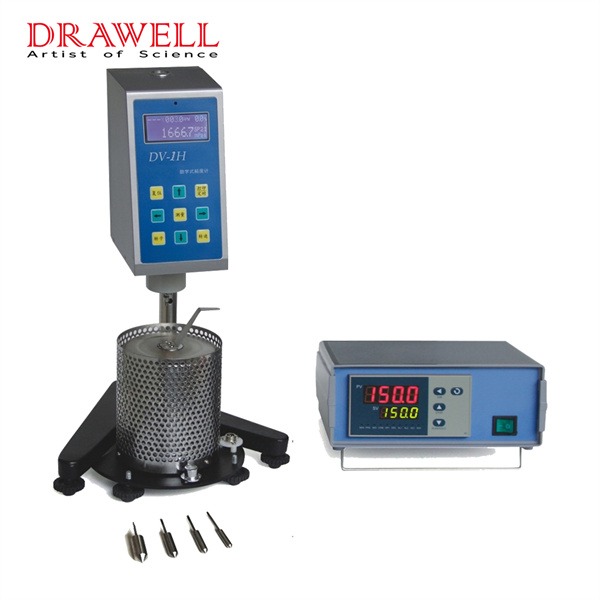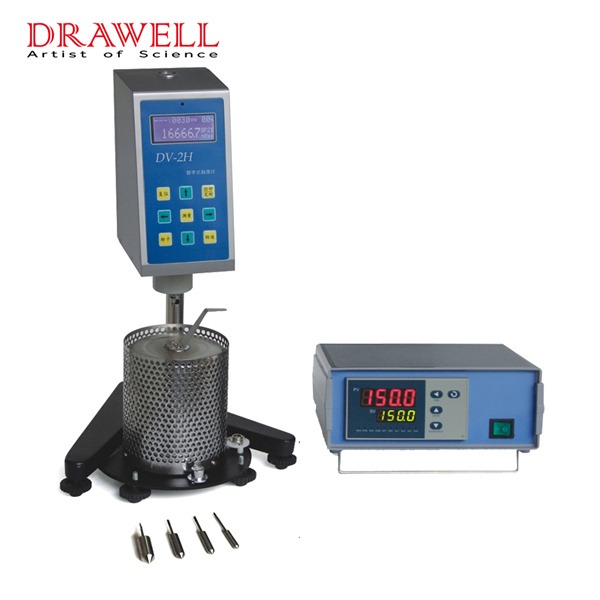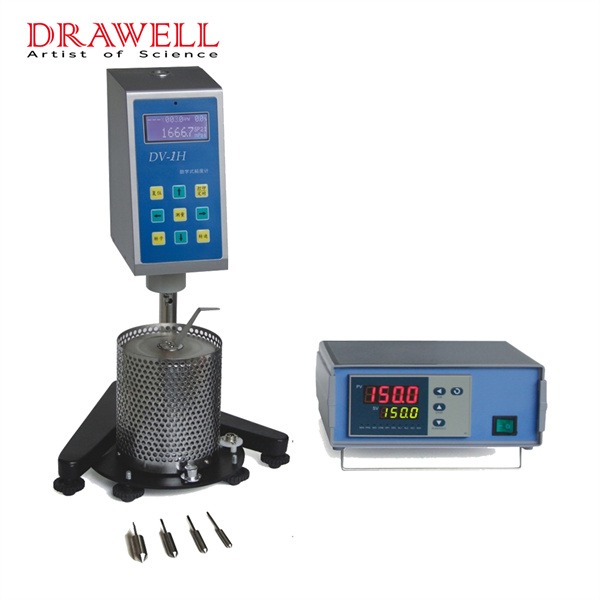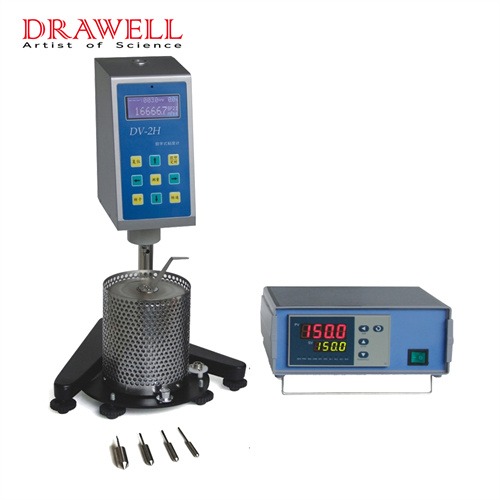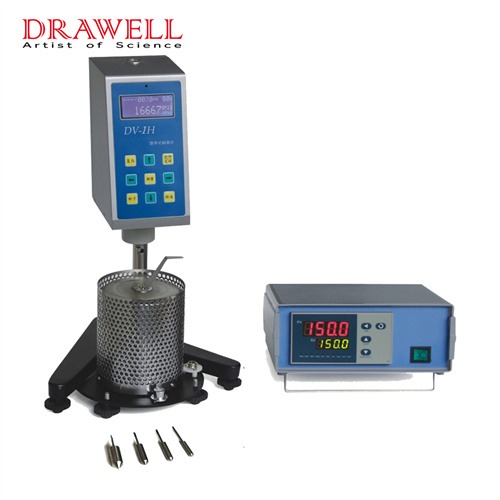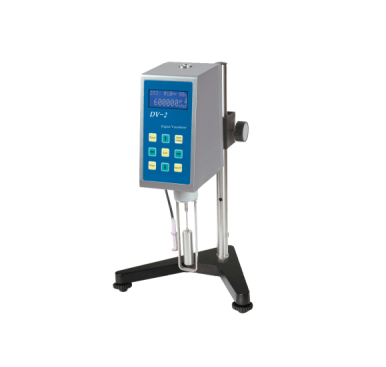Rotational viscometers are essential tools for measuring the viscosity of fluids, offering critical data for industries such as food, pharmaceuticals, and petrochemicals. However, the accuracy of these measurements depends heavily on regular and precise calibration. Calibration ensures that the viscometer delivers reliable results, conforms to industry standards, and remains consistent over time. This article explores the essential steps for accurate rotational viscometer calibration, providing a comprehensive guide to ensure optimal performance.
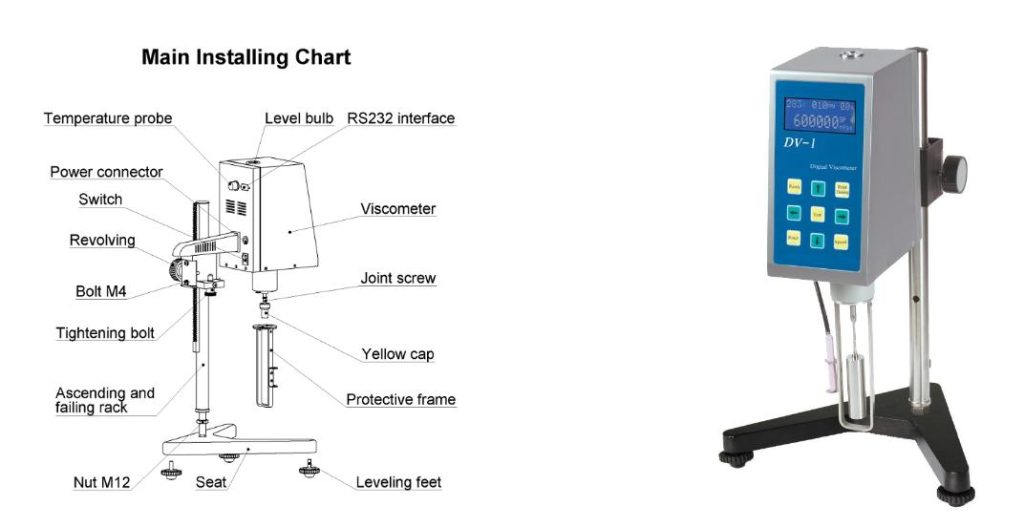
Tools and Materials Needed for Calibration
Before embarking on the calibration process, it is crucial to gather all the necessary tools and materials. The specific requirements may vary depending on the type of rotational viscometer and the calibration standards used. However, a typical calibration setup would include the following:
- Rotational Viscometer: The specific model and type of viscometer (e.g., cone and plate, parallel plate, concentric cylinder) will determine its unique requirements.
- Calibration Standards: A set of fluids with known and traceable viscosities. These standards should cover the desired viscosity range and be appropriate for the specific viscometer model. Common documentation like ASTM D2196 or ISO 2555 for reference procedures.
- Temperature Control Device: A temperature-controlled bath or circulating water bath to maintain the fluid temperature during measurements.
- Thermometer: A high-precision thermometer to accurately measure and record the temperature of the fluid and the surrounding environment.
- Cleaning Supplies: Appropriate solvents (e.g., isopropanol, hexane) and lint-free wipes for cleaning the viscometer components.
- Timer: A stopwatch or timer to accurately measure the duration of measurements.
- Laboratory Notebook: For recording all calibration data, including date, time, temperature, viscosity values, and any observations.
- Personal Protective Equipment (PPE): Safety glasses and gloves should be worn during the calibration process.
Having the correct tools and materials is critical for achieving reliable calibration results. Ensure all materials are clean, certified, and compatible with your specific viscometer model.
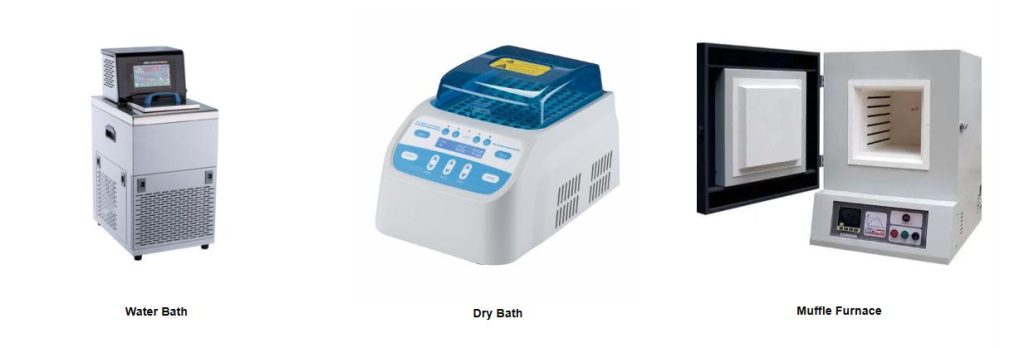
Rotational Viscometer Calibration Steps
The calibration process involves preparation, execution, and post-calibration maintenance. Each step is vital for ensuring that the viscometer operates at peak accuracy.
Pre-Calibration Preparations
Before starting calibration, several preparatory steps are crucial to ensure accurate and reliable results. These steps involving:
Viscometer Preparation:
- Thorough Cleaning: Clean all viscometer components (e.g., spindle, measuring chamber, temperature probe) according to the manufacturer’s instructions. Use appropriate solvents and ensure all components are completely dry before proceeding.
- Temperature Equilibration: Allow the viscometer to reach thermal equilibrium with the surrounding environment. This typically requires a stabilization period, depending on the ambient temperature and the temperature control system.
- Spindle Selection: Choose the appropriate spindle based on the expected viscosity range of the samples to be measured. Refer to the viscometer’s user manual for spindle selection guidelines.
Calibration Standard Selection:
- Viscosity Range: Select calibration standards that cover the desired viscosity range for the intended applications.
- Temperature Considerations: Choose standards with known viscosities at the desired measurement temperature.
- Traceability: Ensure the calibration standards are traceable to national or international standards (e.g., NIST).
Environmental Control:
- Temperature Stability: Maintain a stable ambient temperature throughout the calibration process. Temperature fluctuations can significantly impact viscosity measurements.
- Vibration Control: Minimize vibrations and air currents in the vicinity of the viscometer.
Thorough pre-calibration preparations are fundamental to the success of the calibration process. By meticulously preparing the viscometer, selecting suitable calibration standards, and establishing a controlled environment, laboratories can minimize potential sources of error and ensure the accuracy and reliability of the subsequent viscosity measurements.
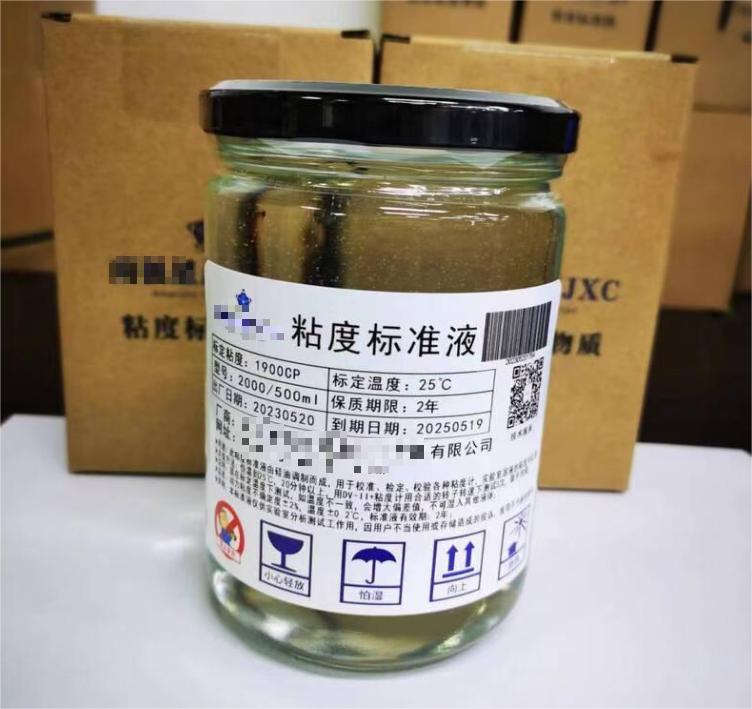
Step-by-Step Calibration Procedure
The core of the calibration process involves a series of precise measurements using known viscosity standards. Detailed steps are:
- Temperature Control: Set the temperature control device to the desired measurement temperature. Allow the temperature to stabilize within the specified tolerance.
- Standard Preparation: Accurately measure and record the temperature of the calibration standard. Ensure the standard is thoroughly mixed before use.
- Measurement Procedure:
- Load the calibration standard into the measuring chamber according to the manufacturer’s instructions.
- Lower the spindle into the standard and allow sufficient time for the fluid and spindle to reach thermal equilibrium.
- Start the viscometer and record the viscosity reading displayed on the instrument.
- Perform multiple replicate measurements (e.g., three replicates) for each calibration standard.
- Record the viscosity values for each replicate.
- Spindle Cleaning: After each measurement, carefully clean the spindle and the measuring chamber according to the manufacturer’s instructions. Thoroughly rinse and dry all components to prevent contamination.
- Repeat with Different Standards: Repeat the measurement procedure for each calibration standard in the set.
Following a meticulous step-by-step calibration procedure ensures that the calibration process is both accurate and repeatable. Always document the results for traceability.

Post-Calibration Checks and Maintenance
Once the calibration procedure is complete, several post-calibration checks and maintenance activities are necessary to ensure the ongoing accuracy and reliability of the viscometer. These activities include data analysis, record keeping, and regular preventative maintenance.
Data Analysis:
Calculate the average viscosity value for each calibration standard based on the replicate measurements.
Determine the standard deviation and/or coefficient of variation to assess the precision of the measurements.
Compare the measured viscosity values to the certified values of the calibration standards.
Evaluate the accuracy of the viscometer by calculating the percent error for each standard.
Record Keeping:
Maintain detailed calibration records, including:
- Date and time of calibration
- Viscometer model and serial number
- Spindle used
- Calibration standards used (manufacturer, lot number, certified values)
- Measured viscosity values for each standard
- Temperature readings
- Operator name and initials
- Any observations or deviations from the standard procedure.
Store calibration records in a secure and easily accessible location.
Preventative Maintenance:
Regularly inspect the viscometer for any signs of wear and tear, such as damage to the spindle, cracks in the measuring chamber, or malfunctioning components.
Follow the manufacturer’s recommended maintenance schedule for cleaning, lubrication, and component replacement.
Schedule regular calibration checks and re-calibrations based on the frequency recommended by the manufacturer or the specific requirements of the application.
By diligently performing these activities, laboratories can ensure the continued validity of their calibration data and minimize the risk of measurement errors, ultimately leading to improved product quality and enhanced process control.
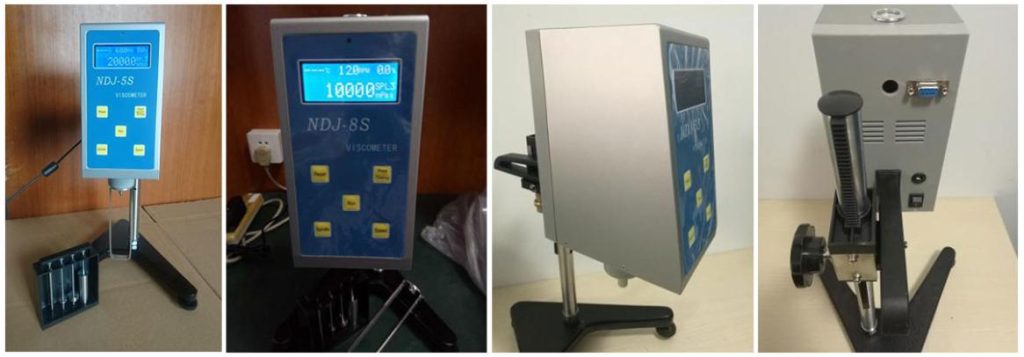
Common Calibration Errors and How to Avoid Them
Several common errors can occur during the calibration process, potentially leading to inaccurate viscosity measurements. Here are some common errors and solutions.
| Error Type | Description | How to Avoid |
| Temperature Fluctuations | Variations in temperature significantly impact viscosity measurements. | Use a stable temperature-controlled environment. Ensure accurate temperature measurement and control. |
| Air Bubbles | Air bubbles trapped in the measuring chamber interfere with spindle rotation, leading to inaccurate readings. | Carefully remove any air bubbles from the sample and the measuring chamber before starting the measurement. |
| Spindle Contamination | Residues from previous samples contaminate the spindle, affecting subsequent measurements. | Thoroughly clean the spindle between each measurement using appropriate solvents. |
| Improper Spindle Selection | Using an inappropriate spindle for the viscosity range of the sample can lead to inaccurate or unreliable measurements. | Refer to the viscometer’s user manual for guidance on spindle selection based on the expected viscosity range. |
| Operator Error | Inconsistent measurement techniques, incorrect data recording, and improper handling of equipment introduce errors. | Ensure operators are properly trained and adhere to standardized procedures. |
Accurate calibration of rotational viscometers is essential for reliable viscosity measurements. By following a structured approach—from preparation to maintenance—users can ensure their instruments perform consistently and meet industry standards. Avoiding common errors and implementing routine calibration practices will not only enhance measurement accuracy but also extend the lifespan of the viscometer. Once you need any help about Drawell rotational viscometers, please feel free to contact us.

